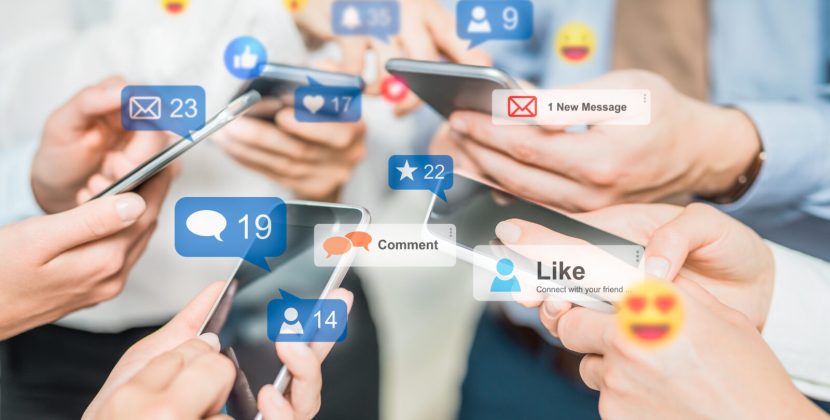
Are you ready for a new era of telecommunications? 5G, the fifth generation mobile network technology, promises to revolutionize the way we communicate and connect with each other. While mobile phones are the most commonly known application of 5G, this technology offers much more than just faster download speeds. In fact, it has diverse applications that extend beyond what we can even imagine! From self-driving cars to smart cities, let’s explore how 5G is poised to transform our world in ways never before possible.
The Different Types of 5G Networks
The term “5G” is short for “fifth-generation wireless” and refers to the next major phase of cellular technology. 5G networks will be much faster than current 4G networks, with peak speeds of up to 20 Gbps. They will also have much lower latency, which means that data can be transferred more quickly and with less lag time. 5G will also enable a new level of connectivity, known as the Internet of Things (IoT), in which everyday objects are connected to the internet and can communicate with each other.
There are two different types of 5G networks: non-standalone (NSA) and standalone (SA). NSA 5G networks will be built on top of existing 4G infrastructure, while SA 5G networks will be entirely new and independent from previous generations of cellular technology.
One key application of 5G technology is mobile broadband, which is expected to provide users with download speeds of up to 10 Gbps. This will enable users to stream high-definition video or download large files without any buffering or lag time. another potential application for 5g is enhanced mobile broadband, which could provide even higher speeds and allow for even more data-intensive applications such as virtual reality and augmented reality.
In addition to mobile broadband, there are a number of other potential applications for 5G technology:
Vehicle-to-everything (V2X) communication: V2X communication is a type
How 5G Will Change the Future of Telecoms
5G will provide much faster speeds and lower latency than 4G, making it ideal for mission-critical applications such as self-driving cars and remote surgery. 5G will also enable a whole new class of IoT devices, from connected cars to smart city infrastructure. But perhaps the most transformative effect of 5G will be in the way it enables virtual reality (VR) and augmented reality (AR).
With 5G, telecom operators will be able to offer immersive experiences that blend the physical and digital worlds. This will have a huge impact on how we interact with our surroundings, shop, work, and play. It will also create new opportunities for businesses to engage with their customers in innovative ways.
5G Applications in the Enterprise
The enterprise telecom sector is constantly evolving as new technologies emerge. G is a perfect example of this, with its potential applications in the enterprise being both numerous and diverse. Here are just a few examples of how G can be used in the enterprise:
-Teleconferencing and videoconferencing: G can be used to improve the quality of teleconferencing and videoconferencing by providing higher bandwidth and lower latency.
-Enterprise networking: G can be used to provide high-speed, low-latency networking for enterprises. This can be used for voice and data communications, as well as for applications such as video streaming.
-Cloud computing: G can be used to improve the performance of cloud-based applications by providing higher bandwidth and lower latency. This can help to reduce costs and improve productivity.
-Big data: G can be used to help organizations manage and analyze big data sets. By providing high-speed connectivity, G can help enterprises make better use of their data.
The Impact of 5G on Consumer Electronics
The next generation of mobile networks, 5G, is not just about faster data speeds. It is also about enabling a new breed of consumer electronics devices that are more connected, intelligent and immersive than ever before.
In the home, 5G will enable virtual reality and augmented reality experiences that are truly realistic and interactive. In the workplace, it will enable new levels of collaboration between humans and machines. And in the world at large, it will enable the Internet of Things on a scale that we have only begun to imagine.
The potential applications of 5G are almost limitless. But there are three key areas where we believe it will have the biggest impact:
1) Enhanced mobile broadband: The higher speeds and lower latency of 5G will enable a new generation of mobile apps and services that require real-time data access, such as AR/VR, gaming and live streaming.
2) Ultra-reliable low-latency communications: The industrial internet will be transformed by 5G’s ability to support massive numbers of devices with ultra-low latency connections. This will enable new applications in areas such as autonomous vehicles, remote surgery and factory automation.
3) Massive machine-type communications: The sheer number of devices that can be connected to the network – thanks to advances in IoT technology – means that 5G will be critical for enabling new business models based on data from millions or even billions of sensors.
Conclusion
In conclusion, 5G has the potential to revolutionize telecommunications technology and enable a wide range of new applications. From autonomous vehicles to enterprise cloud computing, 5G will provide unprecedented speeds and low latency performance that can take us beyond what we thought possible with mobile phones today. While it is still in its early stages, the vast possibilities presented by 5G will only continue to be explored as more devices are connected and networks become smarter.










